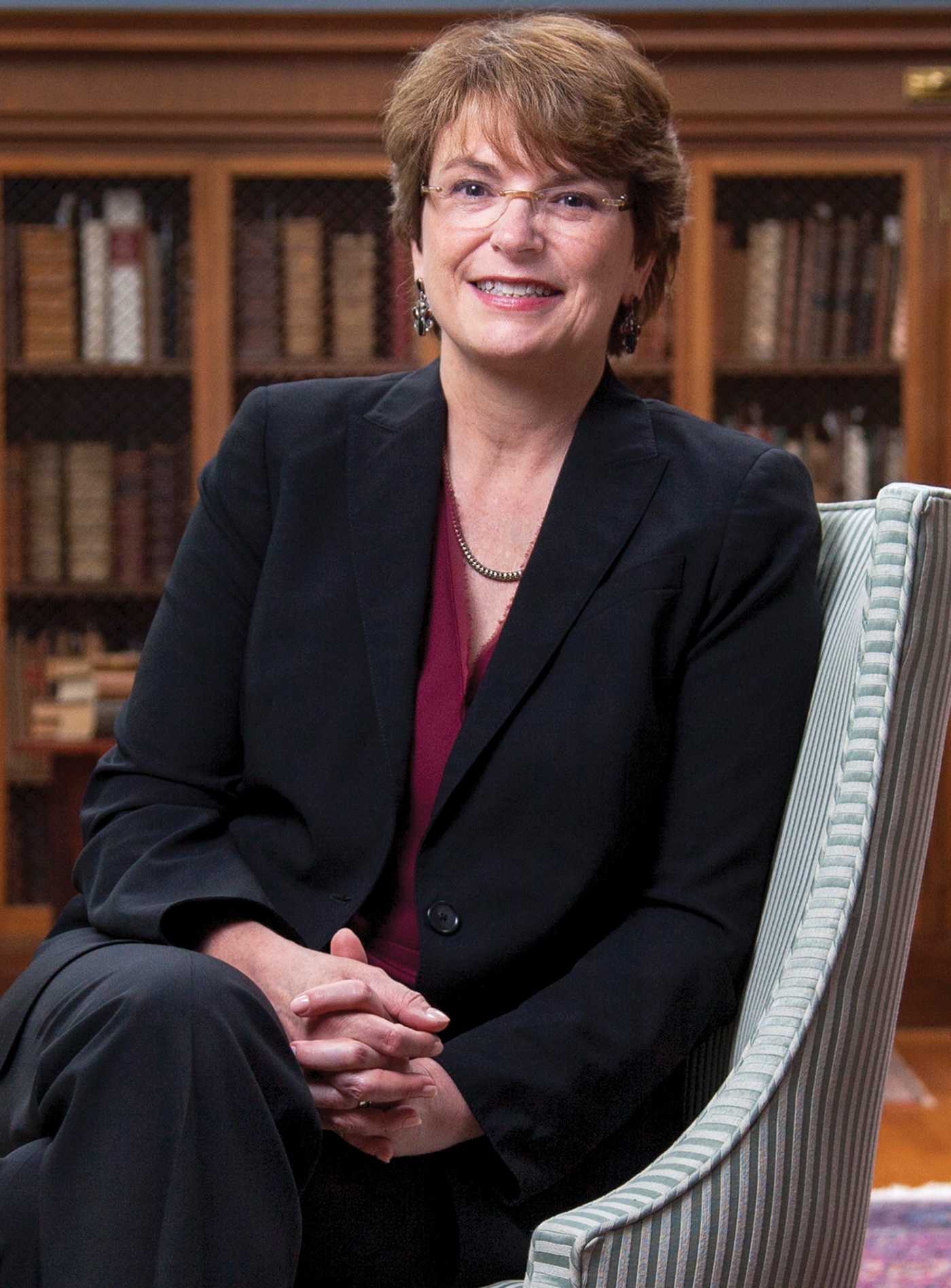The Case for Diversity
It confers unmatched educational benefits.
In 2014, Harvard University was sued by Students for Fair Admissions on the grounds that it discriminated against Asian American applicants. The trial, which took place this fall, attracted widespread attention because of its potential to upend 40 years of Supreme Court rulings supporting the use of race in admissions decisions.
Currently, it is legal to do so. As recently as 2016, the Supreme Court reaffirmed that race can be used as one factor among many in assessing applications, provided that a school show a compelling interest in establishing a diverse learning environment, and that it is not possible to meet the school’s goals with workable race-neutral alternatives.

At the time of writing, the judge in the Harvard case had not yet handed down a decision. Whatever the outcome, it is likely that the appeals process will move the case to the Supreme Court, which will again have the opportunity to assess the use of race in college admissions.
Brown’s position is that diversity is a compelling interest, and that colleges and universities should continue to be allowed to consider race as a factor when making admissions decisions. This position is consistent with Brown’s history of openness and tolerance, which from the beginning recognized the value of bringing together people from many backgrounds and experiences.
Brown’s Charter of 1764 hints at diversity as a foundational academic value. At a time when most universities and colleges were meant to be homogeneous with respect to religion, the Charter proclaimed that “…into this liberal and catholic institution shall never be admitted any religious tests.” The Charter went even further, proscribing quotas that prevented the Brown University Corporation from being composed entirely of Baptists! Although religious quotas for the Corporation are a thing of the past, Brown’s commitment to diversity of thought and experience has remained strong.
Last summer, Brown joined 15 colleges and universities in an amicus brief in the Harvard case, speaking with one voice about the profound importance of a diverse student body. “Diversity,” the brief notes, “encourages students to question their own assumptions, to test received truths, and to appreciate the complexity of the modern world.”
For generations, exposure to a range of viewpoints from people with different backgrounds and a robust exchange of ideas have been cornerstones of a Brown education. It is how conversations on the complex issues of the day—such as cybersecurity, climate change, and economic inequality—evolve. It is how creativity, innovation, and the advancement of knowledge thrive.
Our compelling interest in diversity is clear: it confers unmatched educational benefits. And it remains central to Brown’s ability to carry out its mission at the highest standards of academic excellence.
Today, Brown practices a holistic admissions process that considers each applicant, one at a time. This means understanding applicants as multifaceted individuals and looking at everything about them. Our admissions officers scrutinize grades and test scores to determine whether an applicant can succeed in Brown’s challenging academic environment. They read letters of reference and essays to assess applicants’ intellectual curiosity and evaluate evidence of character and integrity.
And they assess what students would, if admitted, bring to the Brown community. This means looking at whether applicants were raised in rural or urban America, or in another country; whether they are the first in their families to attend college; and whether they have served in the military. And it means considering their race as an important element in shaping the backgrounds, perspectives, and life experiences of a diverse student body.
A change in the law that requires omitting information on each applicant’s race (or, for that matter, any factor we consider) would limit Brown’s ability to create the best possible educational environment.
At the end of the day, admissions policies are educational judgments that should be accorded broad deference since they influence our ability to pursue our educational mission. It is my hope that the legality of using race as one of many factors in admissions will again be upheld so that Brown’s approach to admissions—which is grounded in its remarkable history, its values, and in the law—can continue.





